A Critical Citizen’s Guide to Large Language Models
Middlebury Faculty At Home | November 28th, 2023
Department of Computer Science
Middlebury College
Hi! I’m Phil.
I am an applied mathematician,
data scientist,
and STEM educator.
I like…
- Math models of social systems
- Statistics and machine learning
- Equity-oriented data science
- Critical lenses on tech
- Traditional martial arts
- Tea
- Star Trek: Deep Space 9
- Effective pedagogy
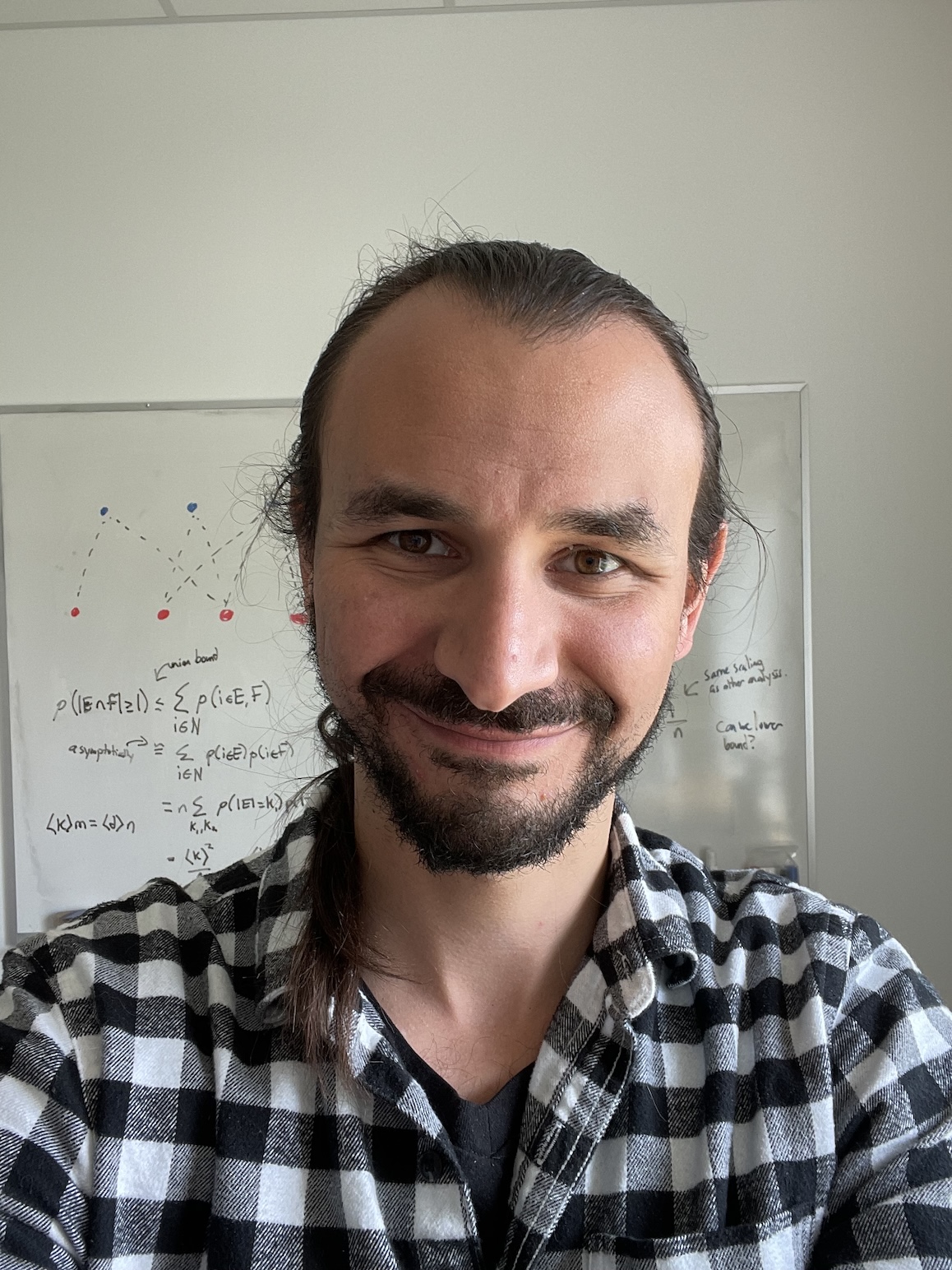
Large Language Models
A (generative) language model is an algorithm that generates text in partially random ways.
A language model is “large” when it is difficult to explain all of its behaviors purely in terms of structure and training (“emergence”).

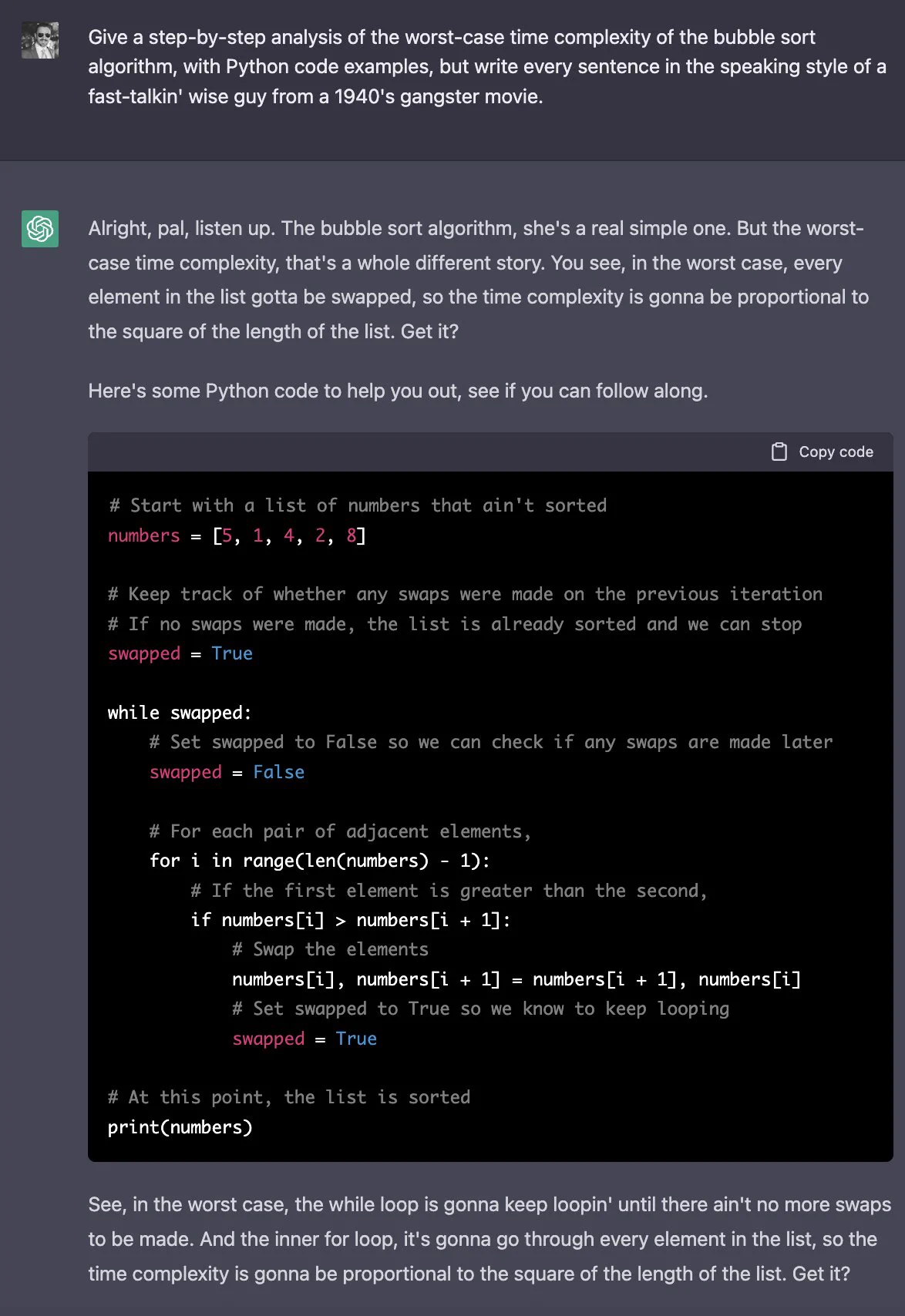
Towards a Critical View
Situation: Large language models (LLMs) are now powerful and widely available.
Why? Who benefits from the spread of artificial text generators?
What information can I trust about the abilities of these models?
What is the actual social impact of LLMs? How does it compare to the rhetoric of motivated actors?
How can we cultivate critical perspectives on the impact of this technology?
LLMs use next-token prediction to create human-like sentences.
LLMs use reinforcement learning with human feedback (RLHF) to make those sentences desirable (true, relevant, helpful, non-harmful).
Next-token prediction
| artichoke | the | subtract | college | black | paint | |
| boldly | a | small | but | pinch | pepper | |
| Now | bubble | Phil | more | add | drink | river |
| triangle | draw | bit | raisin | cumin | pinch | |
| add | escape | lies | of | jogging | ice |
| Now | add | a | bit | of | black | pepper |
Which response is better?
1. “Buzz Aldrin took the first steps on the moon in 1967.”
2. “Neil Armstrong took the first steps on the moon in 1969.”
Reinforcement learning with human feedback (RLHF) encourages the model to produce high-quality (helpful, correct, non-offensive) responses.
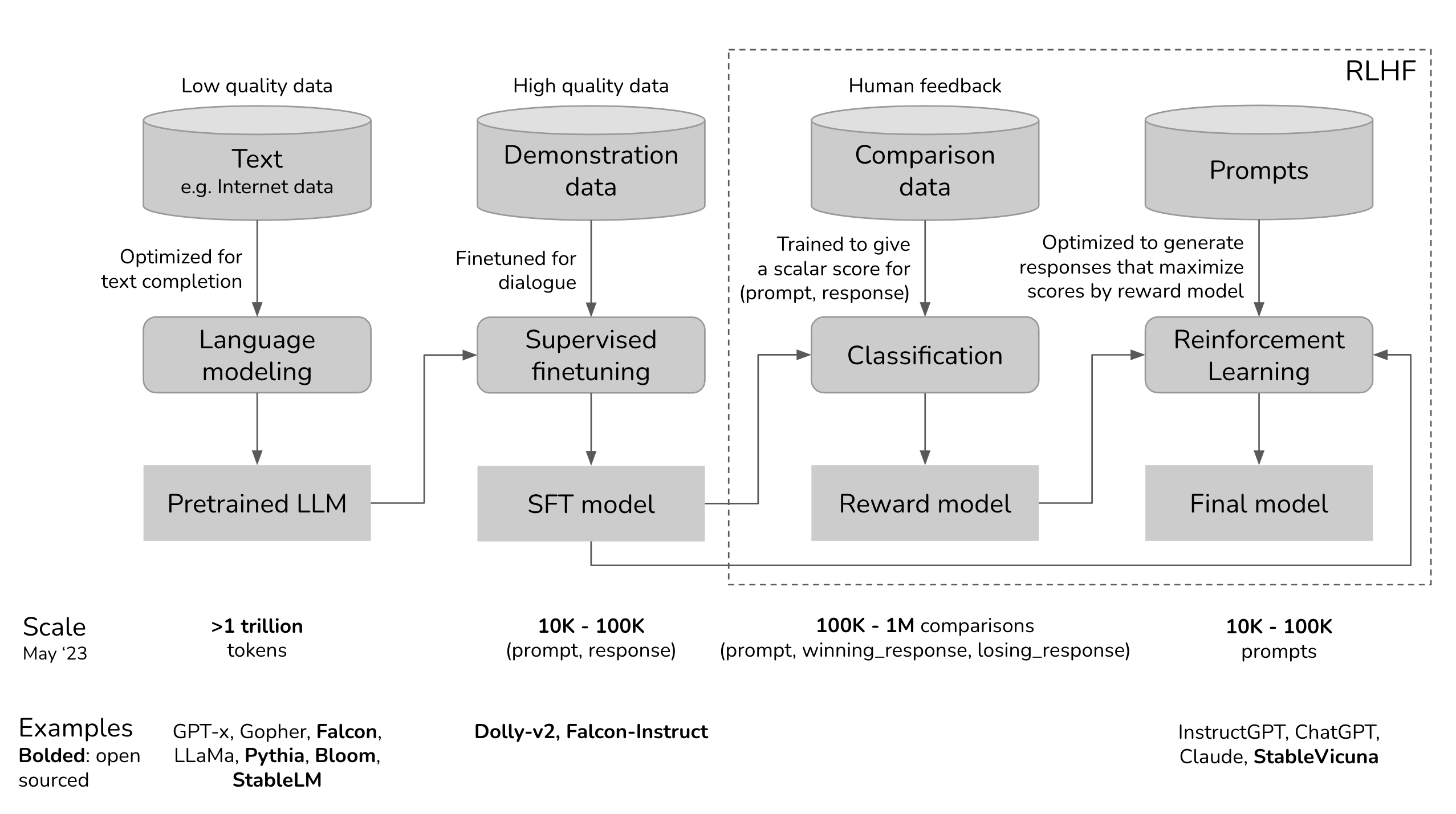
Image source: Chip Huyen
ChatGPT seems so human because it was trained by an AI that was mimicking humans who were rating an AI that was mimicking humans who were pretending to be a better version of an AI that was trained on human writing.
Google research estimates “millions” of annotation workers.
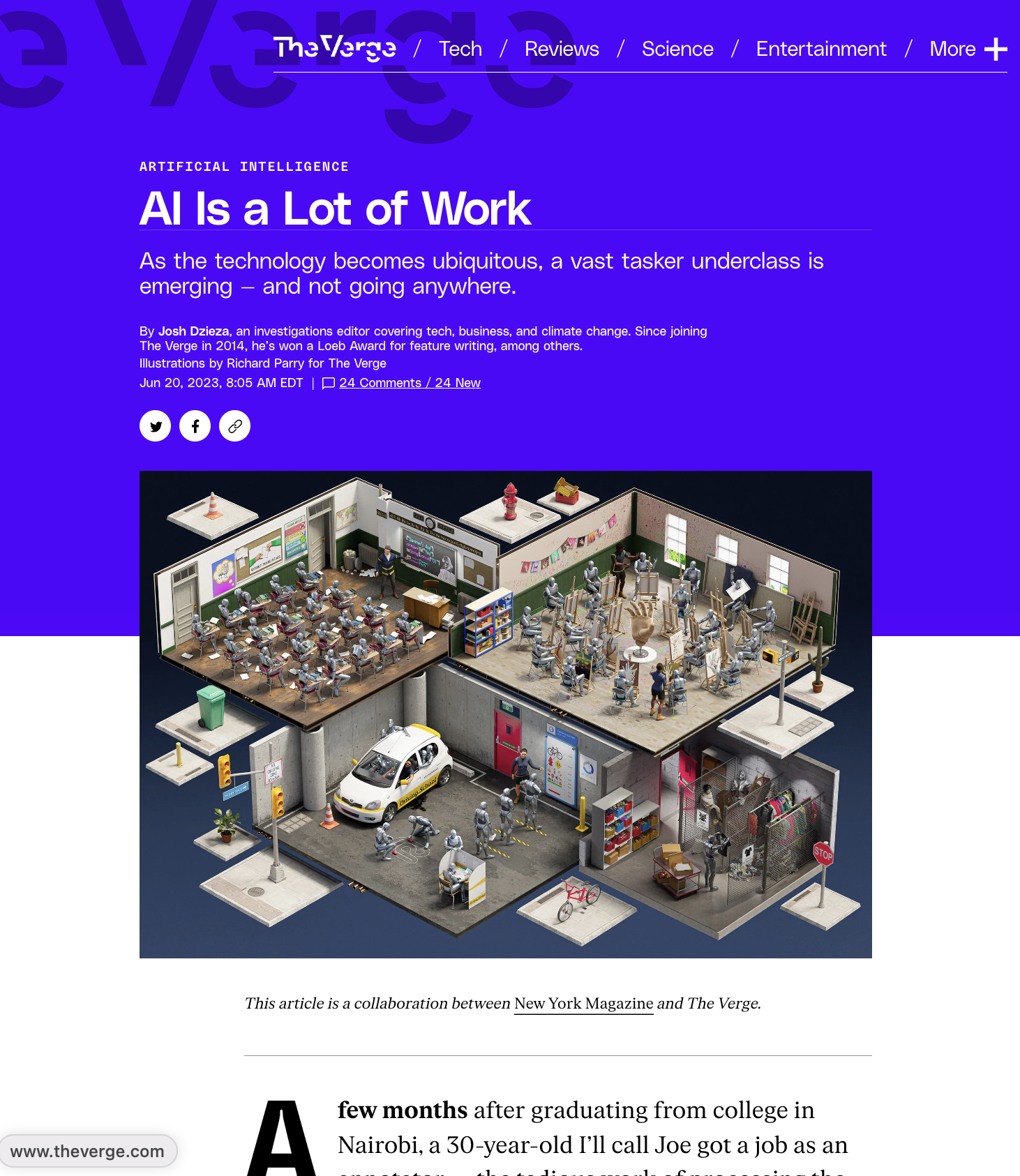
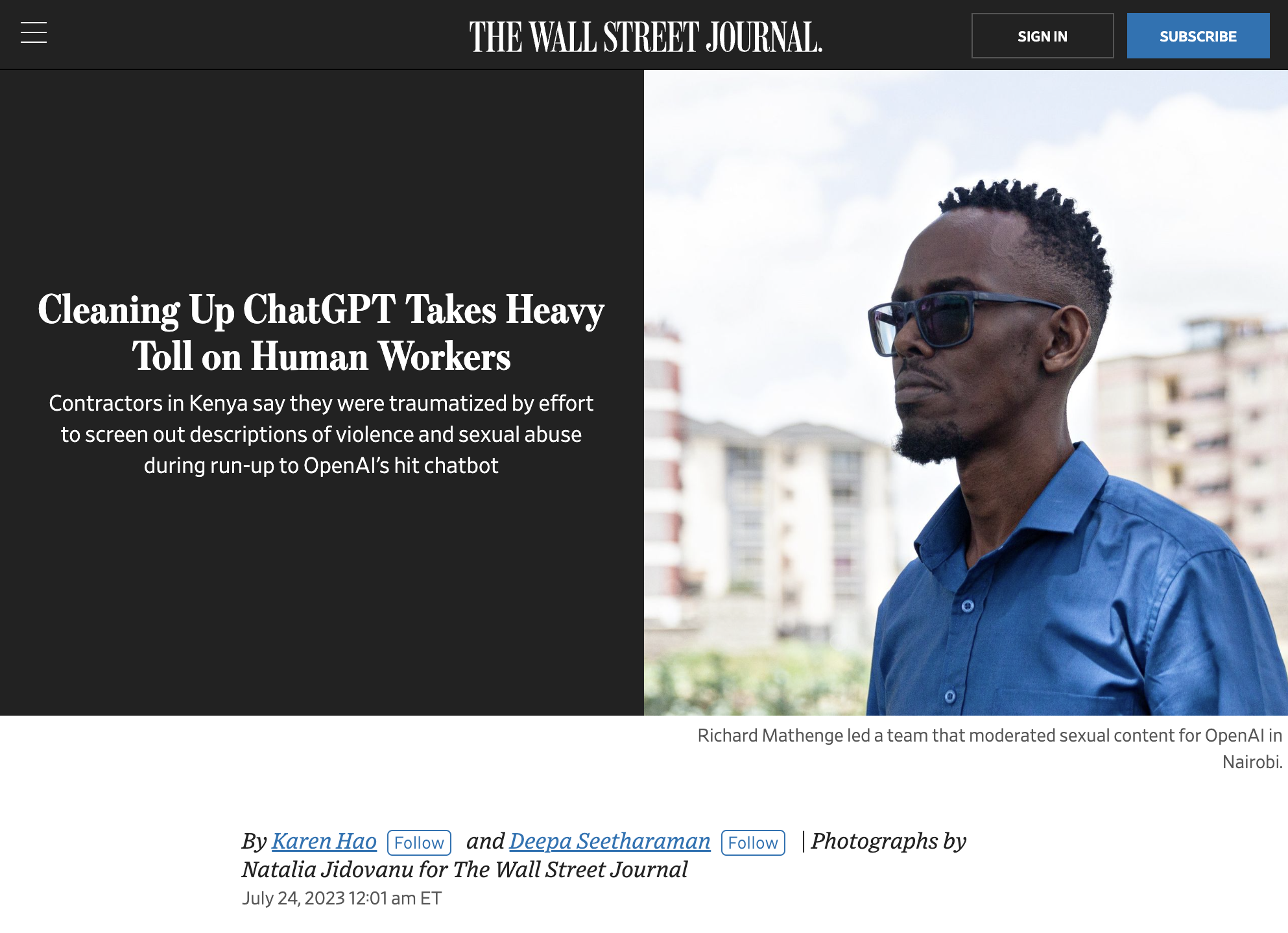
People with profit motives are routinely misleading you about the capabilities of LLMs.

Reporting by CNBC.
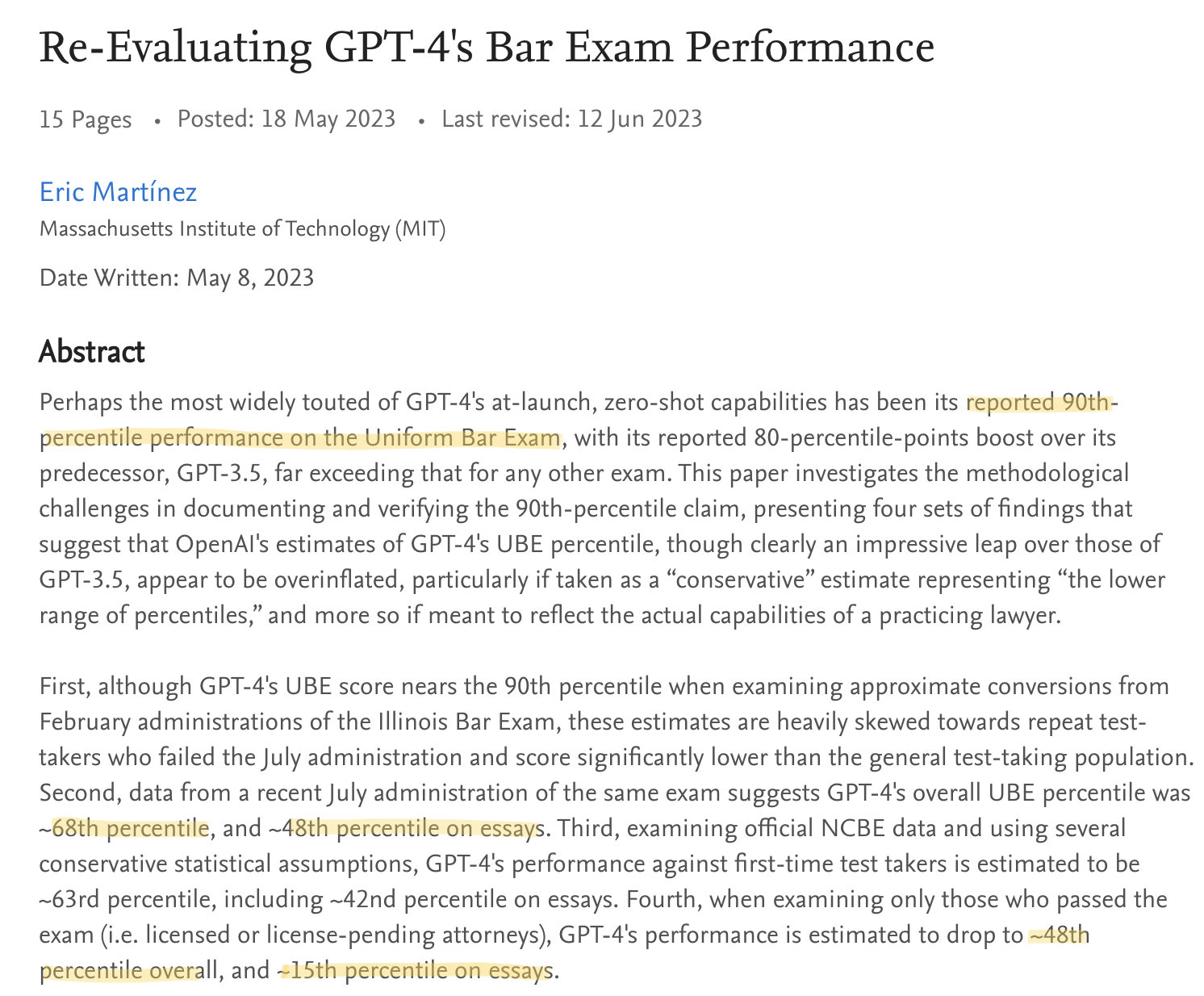
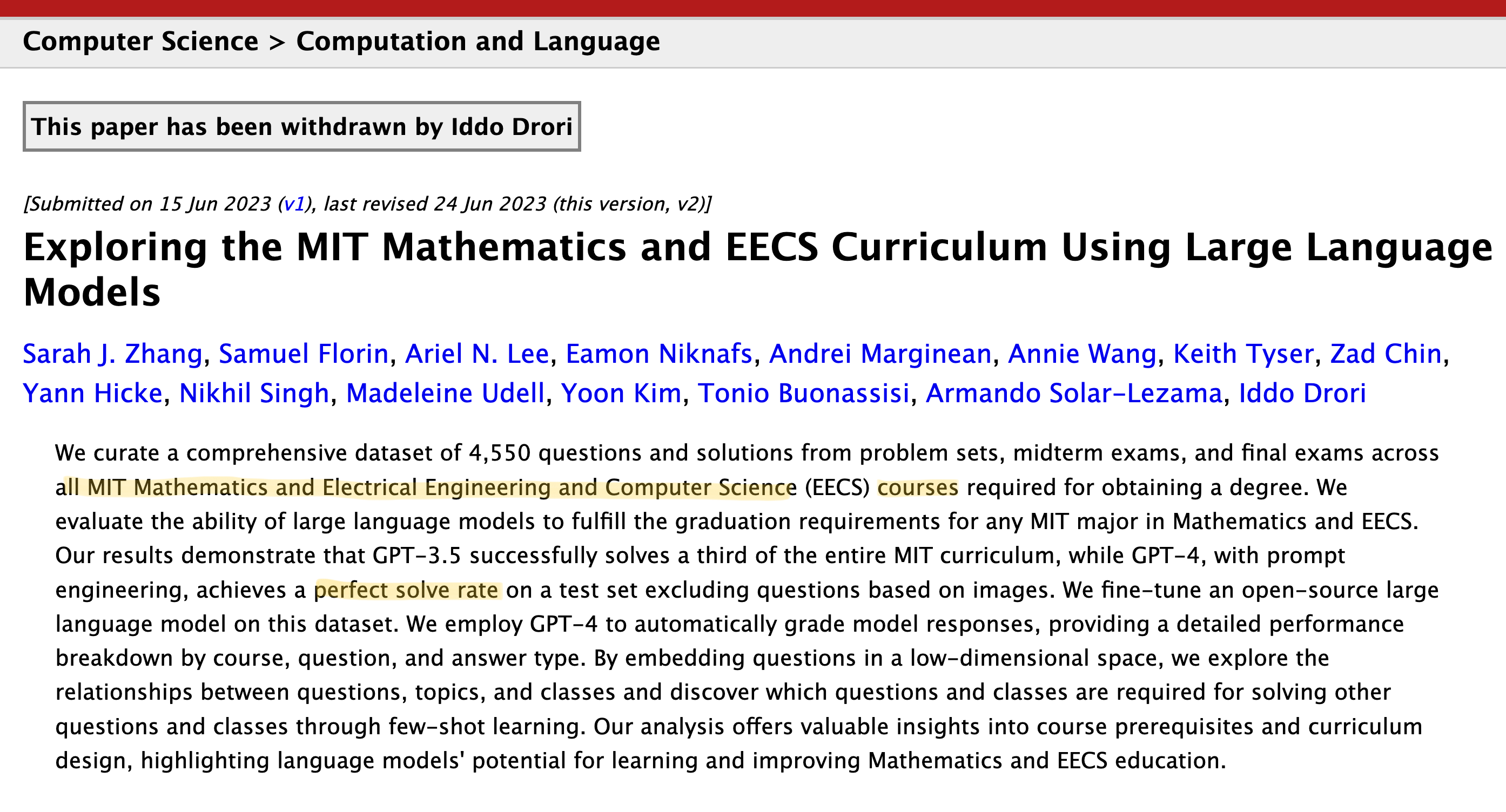
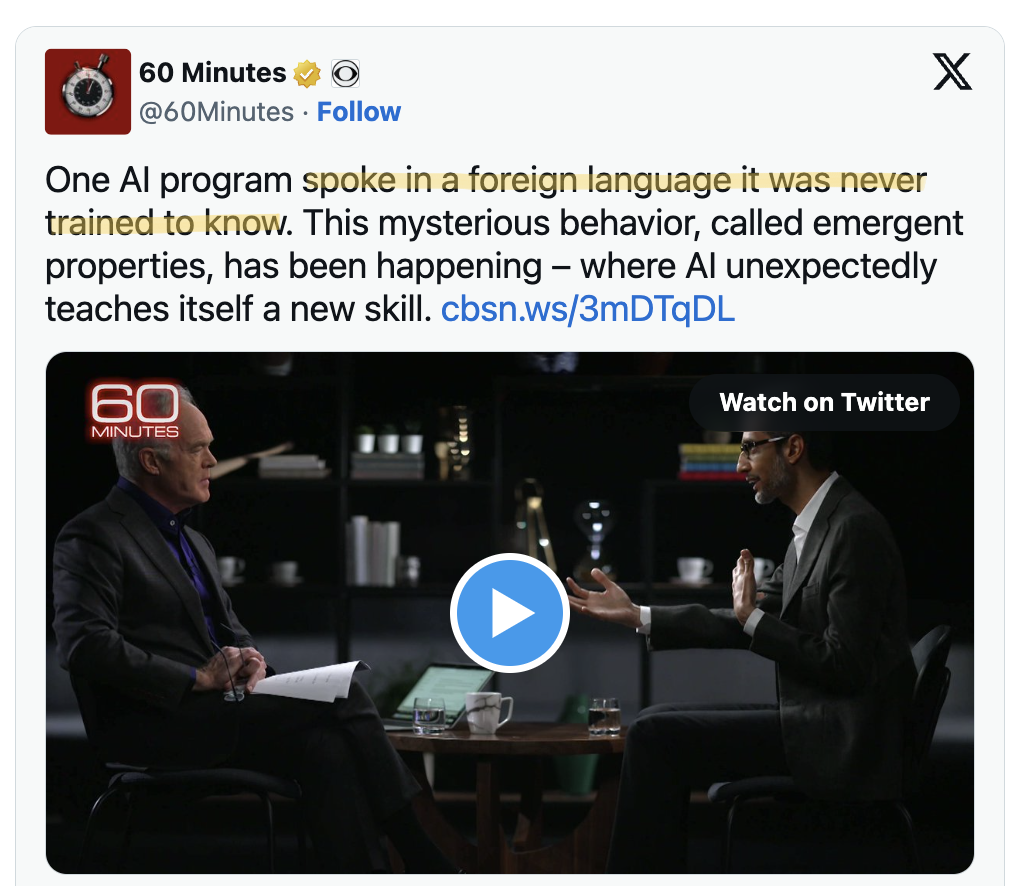
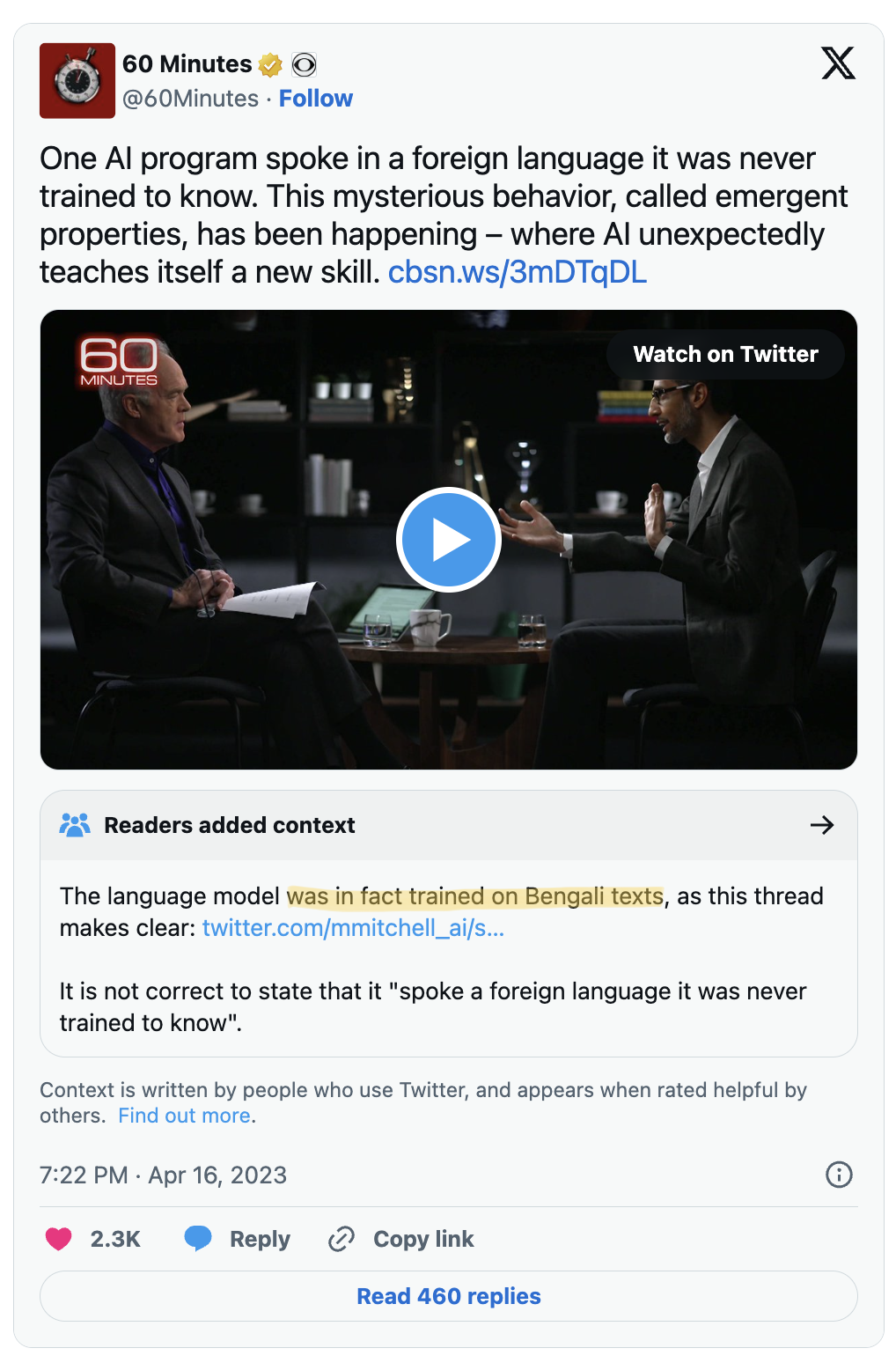
LLMs are driving large-scale degradation in online information ecosystems, labor stability, and the environment.

Labor Stability
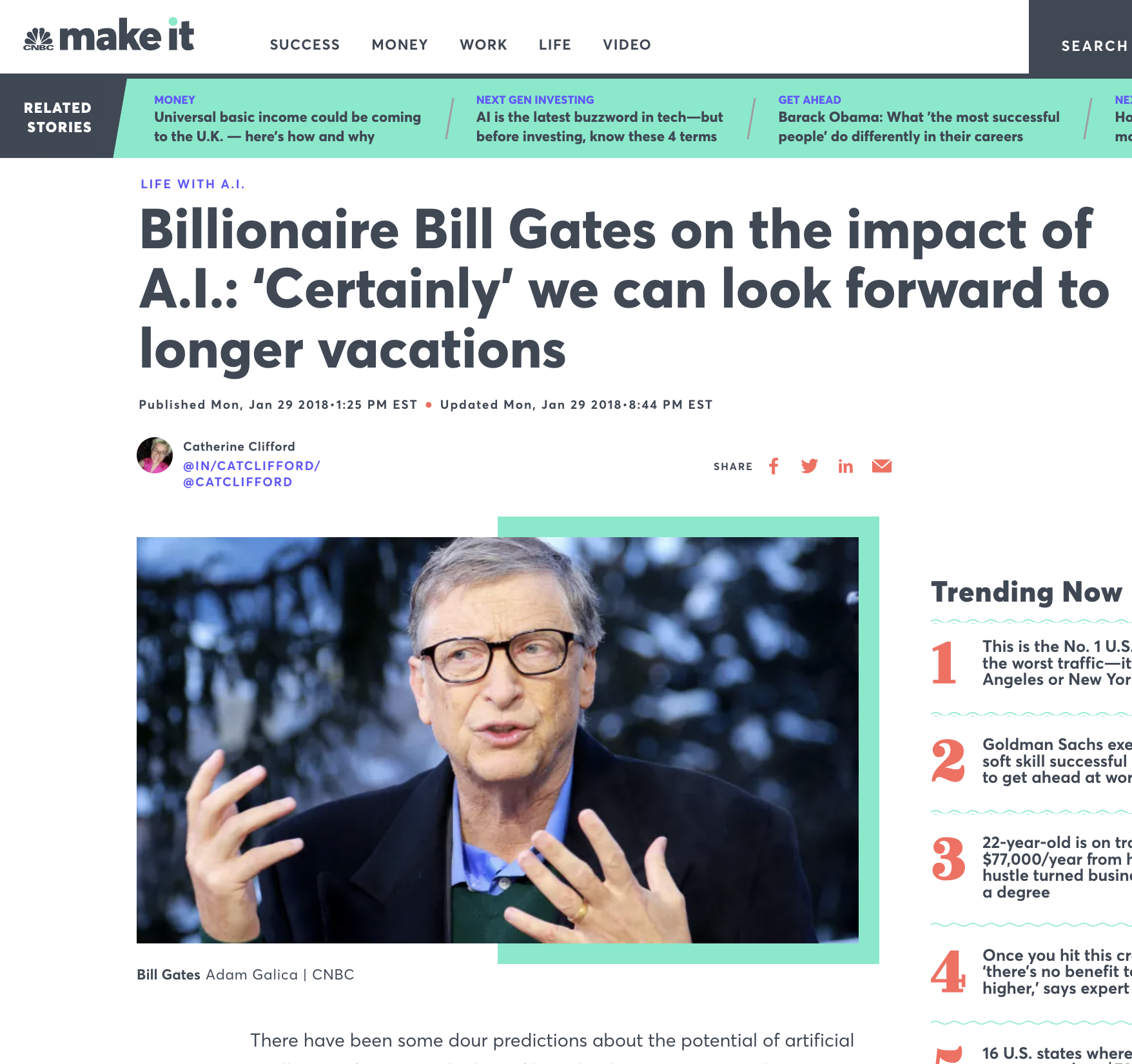


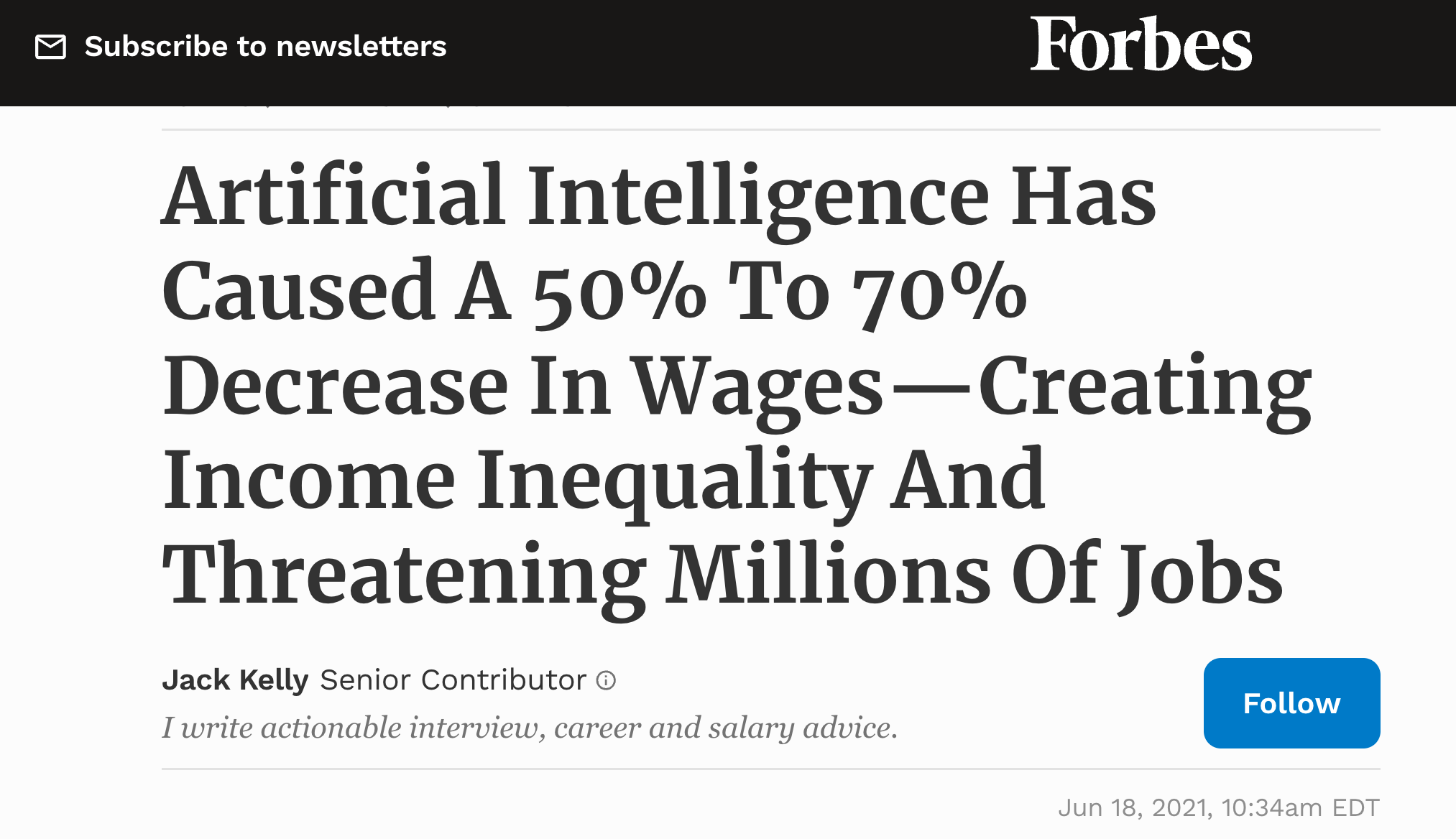
Labor Stability
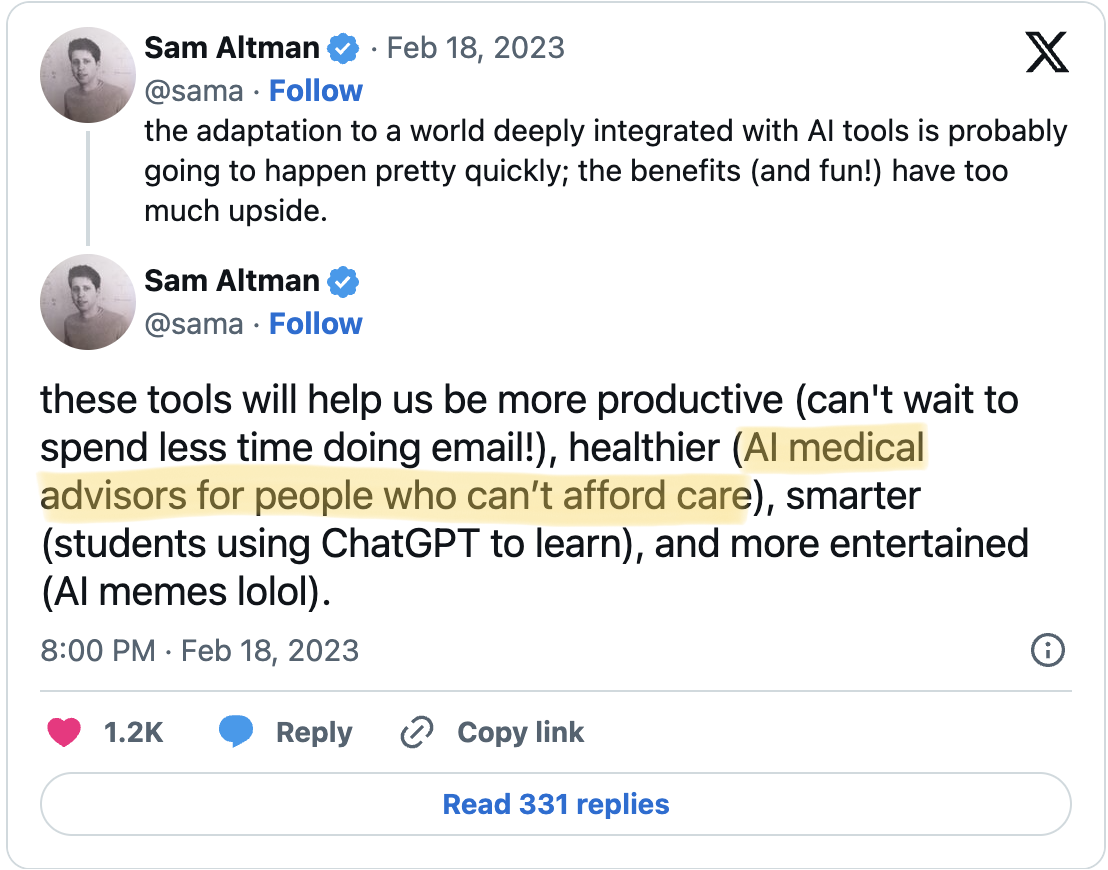
Labor Stability

We have a responsibility to take a critical perspective on tech.
Whose values? Whose benefits? Whose ideology? Whose identity?
Critical Scholarship in AI
Many scholars, especially female scholars of color, are helping us ask critical questions about these technologies.
- How do modern automated information systems differently impact people according to race, class, gender, and ability?
- What ideologies underly the push to develop and popularize these tools?
- What can we do?
Critical Scholarship in AI
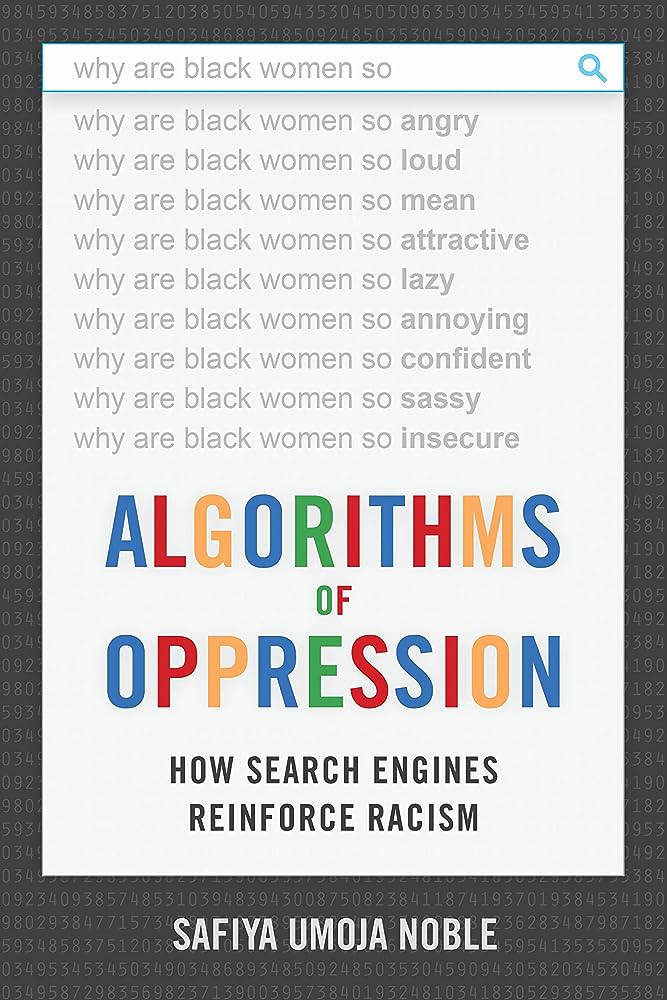

Modern automated information systems reproduce harmful representations of marginalized identities.
Safiya Umoja Noble
Critical Scholarship in AI
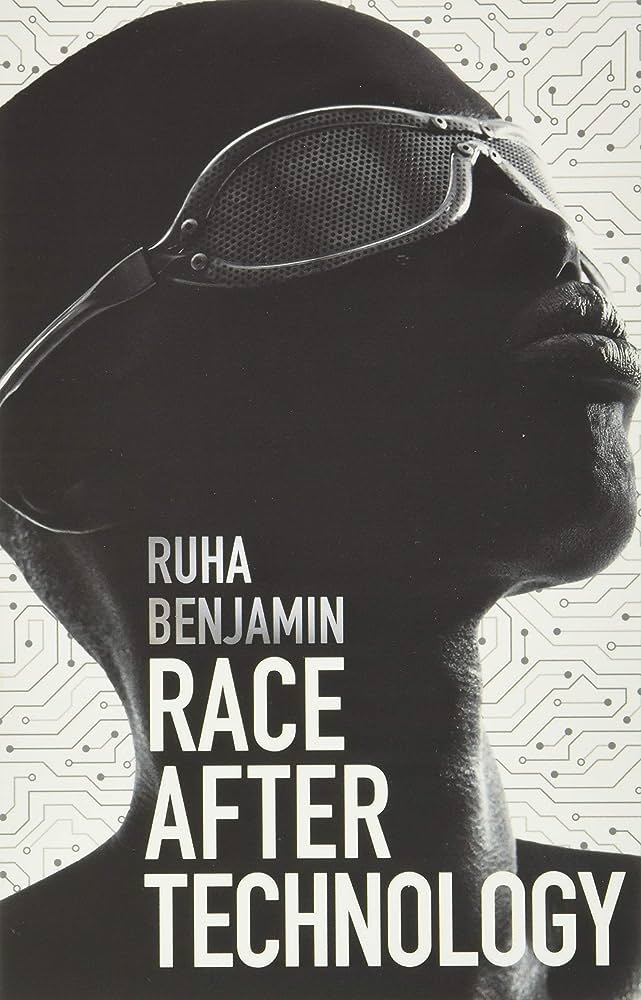

Ruha Benjamin
Modern automated information systems reinforce ideologies of white supremacy and colonialism.
Critical Scholarship in AI
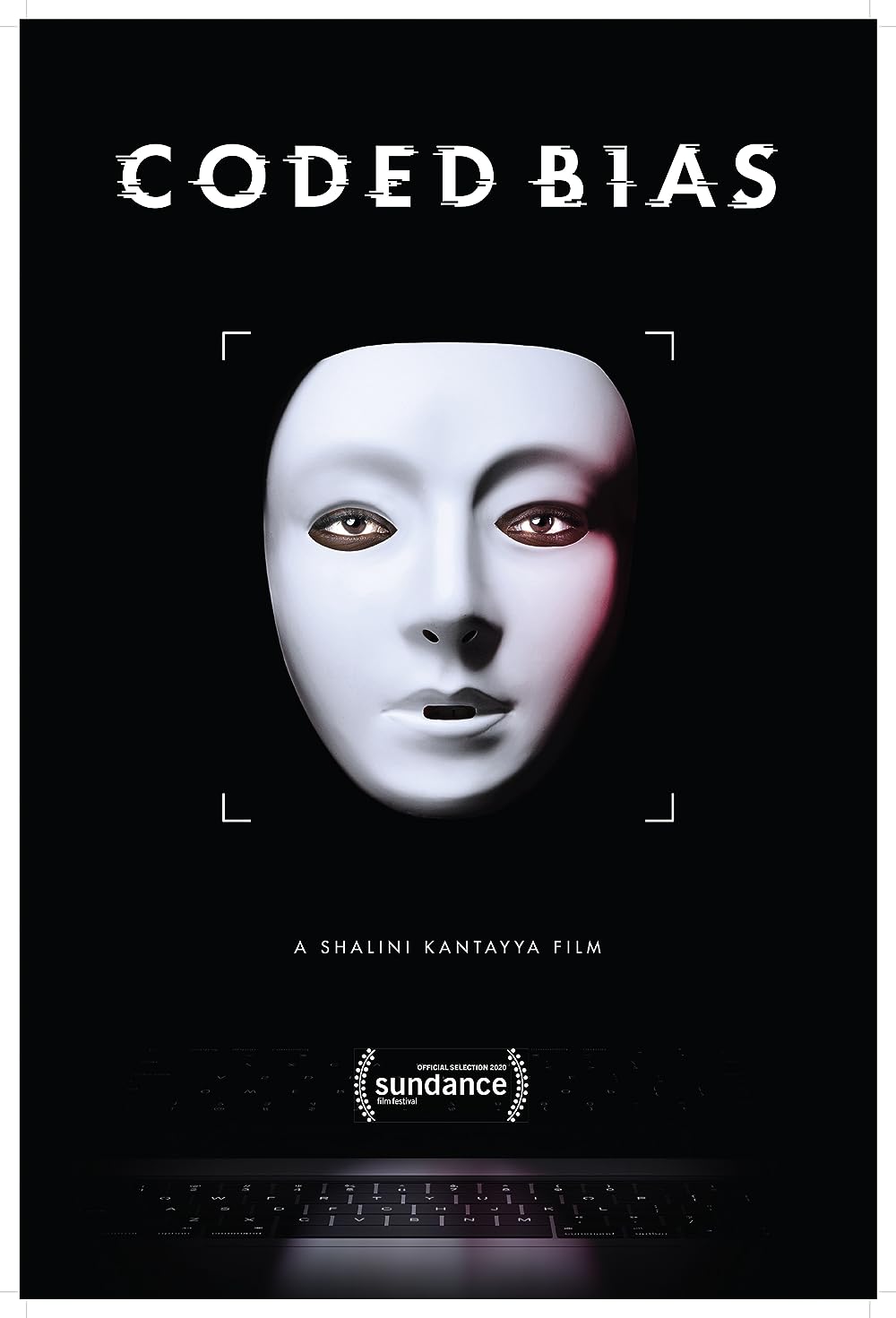

Joy Buolamwini
Modern automated information systems serve and impact people of color (esp. women of color) in harsher ways.
Critical Scholarship in AI
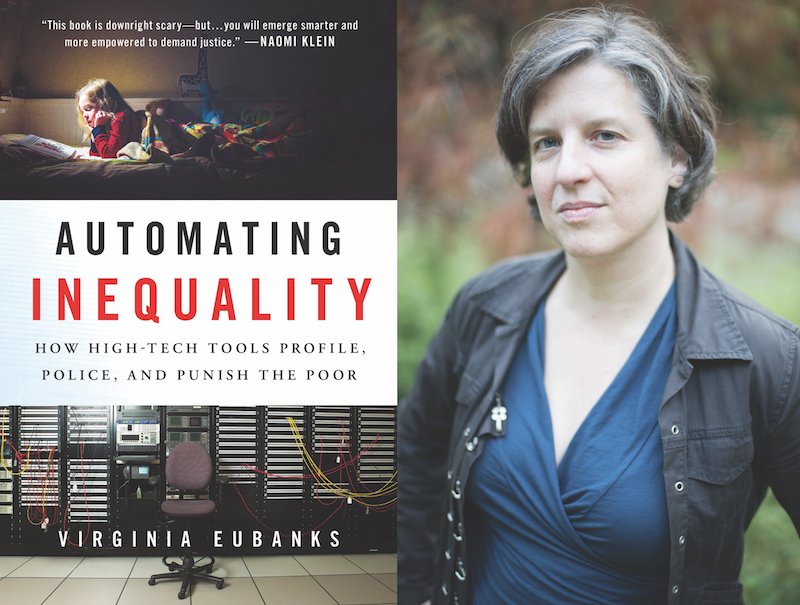
Virginia Eubanks
Many modern automation systems are explicitly designed to control marginalized populations.
Critical Scholarship in AI
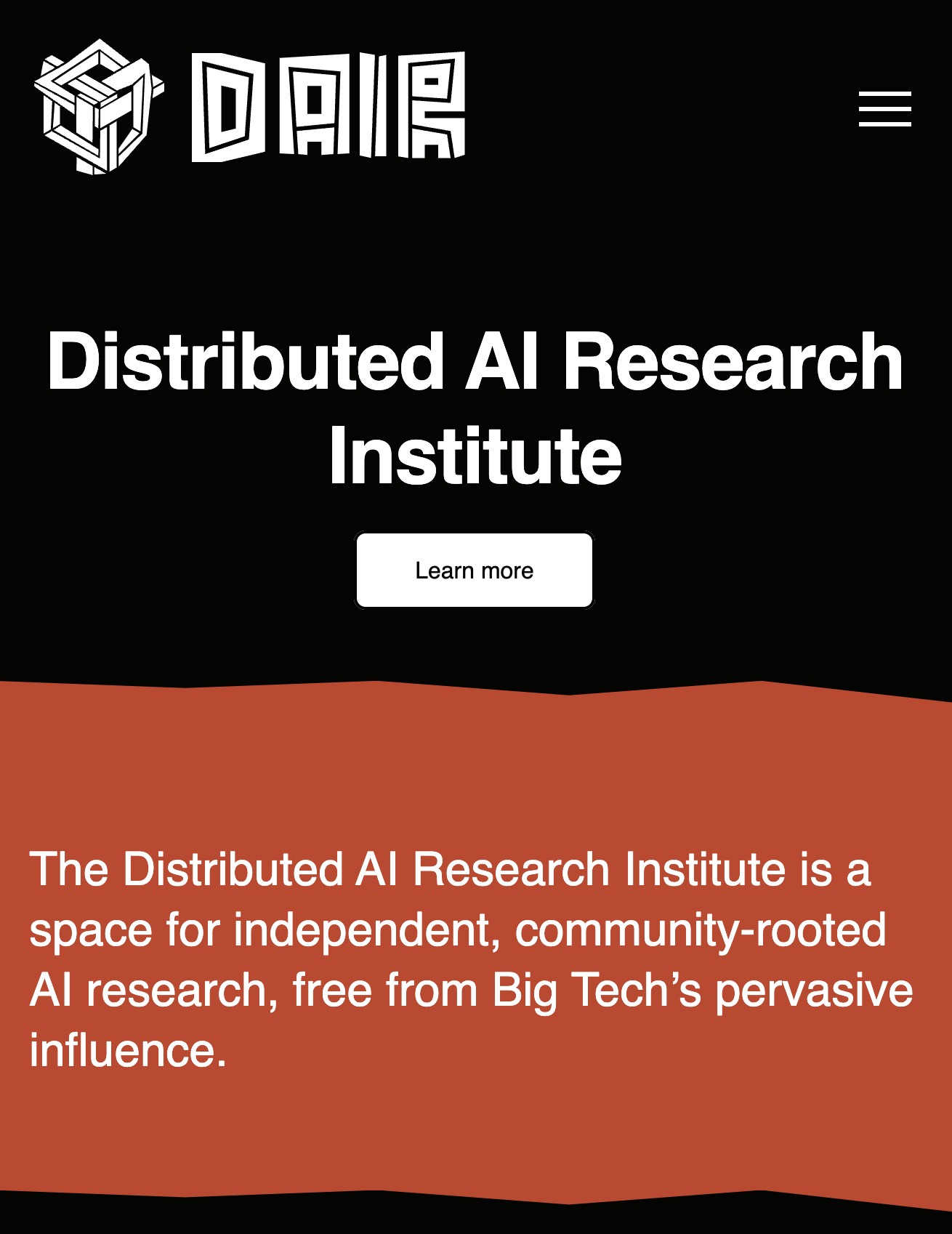

Timnit Gebru
Rhetoric from contemporary tech leaders continues intellectual lineages with roots in eugenics.
Towards a Critical View
Situation: Large language models (LLMs) are now powerful and widely available.
Why? Who benefits from the spread of artificial text generators?
What information can I trust about the abilities of these models?
What is the actual social impact of LLMs? How does it compare to the rhetoric of motivated actors?
How can we cultivate critical perspectives on the impact of this technology?
Thanks y’all!